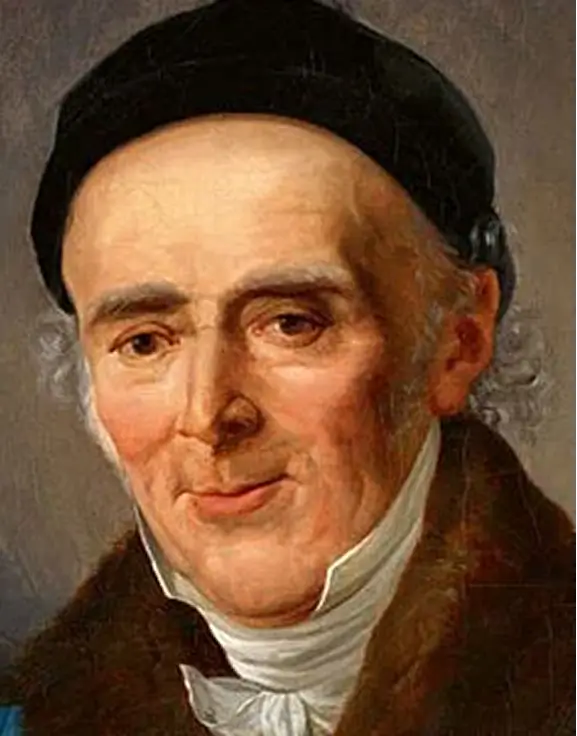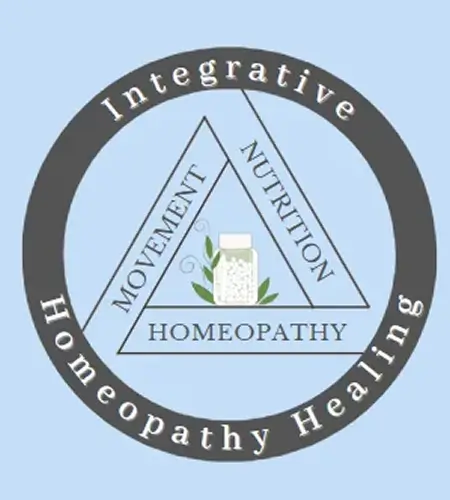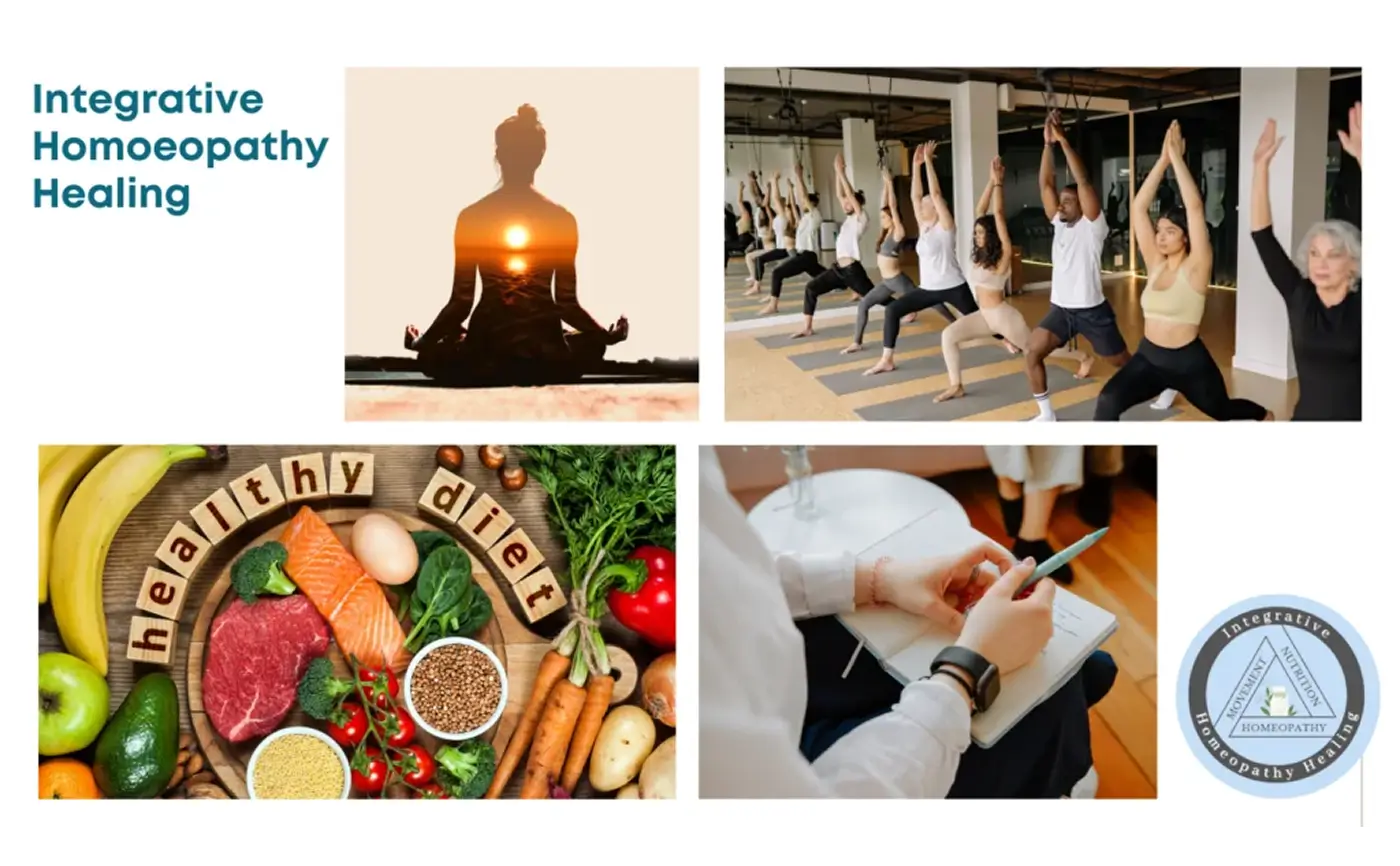
Homoeopathy is a system of medicine developed in Germany over 200 years ago by Dr. Samuel Hahnemann. It is primarily based on the law of similars, ‘like cures like’, which means, a substance capable of producing symptoms in a healthy person can cure similar symptoms in a sick person when taken in minute doses. The ‘law of minimum dose’ is applicable here, where, the medicine employed to cure is diluted multifold by a process called potentisation and succussion, that increases its effectiveness.
The cornerstone of homeopathic prescription is individualization, i.e. every homoeopathic medicine is prescribed based on the specific needs of a particular person. The homoeopath takes a detailed case history that includes the chief complaint, mental and emotional state, appetite, desire, aversion, seasonal preference, childhood and past history, sleep pattern, dreams, any associated complaints etc. for a chronic case. In an acute case, the presenting complaint is mainly considered to make a prescription.
Predisposition to disease arises from multiple factors such as physical weakness, environment, psychological imbalance, stress, heredity etc. Homoeopathic treatment works in synergy with the body’s own healing response to bring about optimum state of health and wellbeing. Therefore, a well-selected homoeopathic remedy enhances an individual’s self-curative mechanism in both acute and chronic disease states.
Homoeopathy is effective in a spectrum of diseases ranging from common cold to cancer,
allergies, neurological and autoimmune disorders, psychiatric diseases, epidemics etc.
Homoeopathic treatment is safe and effective at any age starting from a newborn to geriatric
population. In addition to human beings, homoeopathy is equally effective in animals.,
Homoeopathic treatment not only addresses the current symptoms the patient is suffering
from, but also, removes the tendency to similar occurrences in the future. Treatment with
homoeopathy is rapid and gentle, without any long-term dependence on the medicines.
Homoeopathy is the second largest system of medicine in the world according to World Health Organization. Over 200 million people use homoeopathy worldwide with the largest number of users and practitioners in India. In addition to India, countries such as Switzerland, Mexico, Brazil, Chile and Pakistan have homoeopathic medicines in their national healthcare system.
During the past decade, incidence and prevalence of lifestyle diseases like Diabetes, hypertension, Cardiovascular diseases, thyroid disorders, Autoimmune diseases, Metabolic disorders, hormonal diseases have increased exponentially.
The rapid changes in diets and lifestyles that have occurred with industrialization, urbanization, economic development and market globalization, have accelerated over the past decade. This signs any impact on the health and nutritional status of populations, particularly in developing countries and in countries in transition.
While standards of living have improved, food availability has expanded and become more diversified, and access to services has increased, there have also been significant negative consequences in terms of inappropriate dietary patterns, decreased physical activities and increased tobacco use, and a corresponding increase in diet-related chronic diseases.


Changes in world food habits reflected in shifting dietary patterns, for example, increased consumption of energy-dense diets high in fat, particularly saturated fat, and low in unrefined carbohydrates. These patterns are combined with a decline in energy expenditure that is associated with a sedentary lifestyle — motorized transport, labor-saving devices in the home, the phasing out of physically demanding manual tasks in the workplace, and leisure time that is preponderantly devoted to physically undemanding pastimes.
Because of these changes in dietary and lifestyle patterns, chronic NCDs — including obesity, diabetes mellitus, cardiovascular disease (CVD), hypertension and stroke, and some types of cancer — are becoming increasingly significant causes of disability and premature death in both developing and newly developed countries Nutrition is coming to the fore as a major modifiable determinant of chronic disease, with scientific evidence increasingly supporting the view that alterations in diet have strong effects, both positive and negative, on health throughout life. The need for sufficient physical activity was also discussed and is therefore emphasized, Physical activity has great influence on body composition — on the amount of fat, muscle and bone tissue.
Correcting the lifestyle is one of the important aspect along with the Homeopathic Medicine, this will prevent and cure many health conditions.
Dr. Pradnya Gurav is available for online consultations. To schedule one, please send message
to the clinic’s WhatsApp number.
Kindly, note that WhatsApp messages are personally read and responded by Dr. Pradnya herself.
As she may be occupied during clinic hours, there could be a delay in her response. Your patience
is appreciated.




